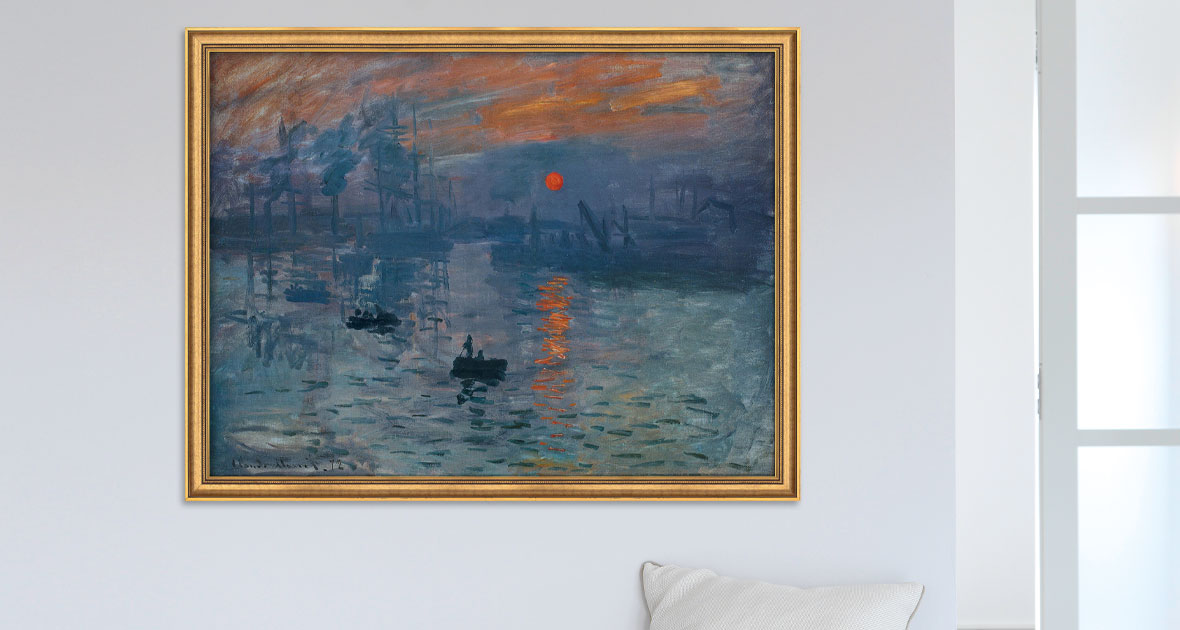
Claude Monet: The Pioneer of Impressionism
In 1874, a group of young painters organised an exhibition in Paris that influenced art throughout Europe: The Impressionists turned away from realistic painting and concentrated on the depiction of light and the atmosphere of the moment. Among them, Claude Monet (1840-1926), is regarded as the pioneer of the Impressionist painting style.
According to Monet, the motif was of no importance to him: "What I want to reproduce is what exists between the object and me." He was one of the first to paint in the open air, and instead of meaningful paintings of figures, he painted everyday scenes in bright colours. Instead of paintings of figures, he painted everyday scenes in bright colours on canvas: landscapes, buildings, and summer societies. Monet achieved the highest perfection in the depiction of water surfaces, as in his sea and beach scenes and the famous water lilies, for which his colleague Édouard Manet once honoured him with the title "Raphael of Water". And in a way, Monet even gave the epoch its name - albeit involuntarily: A critic commented on his picture "Impression, Sunrise" with the derogatory term "Impressionism", which the artists later appropriated as a trademark.





